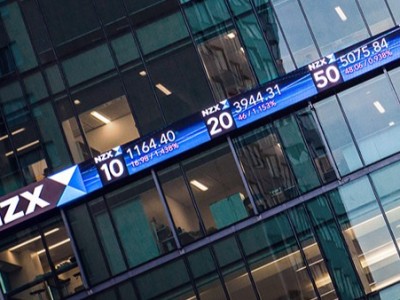Learn » Blog » The great debate: Active vs Passive investing
The great debate: Active vs Passive investing
Published on 21/09/2023

When it comes to investing, it can feel like there are a lot of decisions to make. How much do I need to start? Which fund manager of platform should I choose? What to invest in? How often should I invest?
In order to make these decisions, it's important to understand the two main approaches to investment management - active and passive investing. Hotly debated by seasoned investors and fund managers alike, they both have their strengths and weaknesses - so let’s lay out some basics around each approach.
With active investment, fund managers or individual investors aim to outperform the overall market by picking and choosing individual shares and/or other assets such as bonds, cash and property. They may try to identify undervalued assets (aka "on sale"), time the market to take advantage of particular (often short-term) opportunities or follow themes/ideas about which specific investments will perform better than the broader market.
Passive investing is a more hands-off approach. Investors and investment managers build a diversified portfolio using a particular 'index' like the S&P 500 that tracks the broader market. Instead of attempting to beat the market, they seek to match its overall performance. This approach is based on the theory that over the long-term markets are efficient and go up in line with economic growth, and by holding a broad range of assets, passive managers can harness that growth in an efficient manner.
Below are some of the key differences between the two approaches as they apply to managed funds:
Costs and fees
Passive funds generally have lower expense ratios compared to active funds. They tend to trade in a more automated manner and less frequently which leads to lower transaction and management costs, keeping fund charges low and helping investors retain a higher proportion of their net returns.
Vs
Active funds usually require continuous research, analysis, and decision-making about which shares and other assets to buy and sell - often leading to higher research and management costs. The cost of this effort often gets passed on to the investors in the form of higher fees and charges - regardless of the performance of the fund.
Diversification
Passive funds typically provide broader diversification across an entire market or broad sector, reducing the risks associated with individual asset selection - for example being reliant on one or few specific investments.
Vs
Active funds can be diversified too, but their portfolios tend to hold fewer investments - given each asset is individually bought and managed within the fund or portfolio.
Performance
The performance of a passive fund should be very similar to the performance of the index it’s tracking, which means that the fund will reflect both the ups and the downs of the index. Passive funds are unlikely to outperform the market, given they are designed to closely track it.
Vs
Because active fund managers choose specific investments, they have the potential to outperform the market on the upside and limit losses when the market declines, relative to the index. On the flip side of course, they also have the potential to underperform the market depending on the decisions the fund manager makes.
Historical performance
SPIVA, the research arm of S&P Global (which runs the US-based Dow Jones indices), has been providing critical insights into active vs passive (index fund) performance for years.
The significant majority of active funds have consistently failed to beat their relative indexes over extended periods, as shown via bi-annual SPIVA reports .
Vs
Passive funds tends to outperform active (around 83% of the time according to SPIVA research*), over a full market cycle (ten years).
In our humble, and of course slightly biased opinion (note the emphasis here), the SPIVA data, alongside differences in cost and the dependence of active management on consistently good decisions/skill, provide substantial evidence in favour of passive investing. While active strategies certainly can and do have their moments of success, the consistency, cost efficiency, and long-term performance of passive investments make them an attractive option.
As always though, it is essential for investors to understand their risk tolerance, objectives and time horizon, and consider seeking independent advice before making any investment decision.


